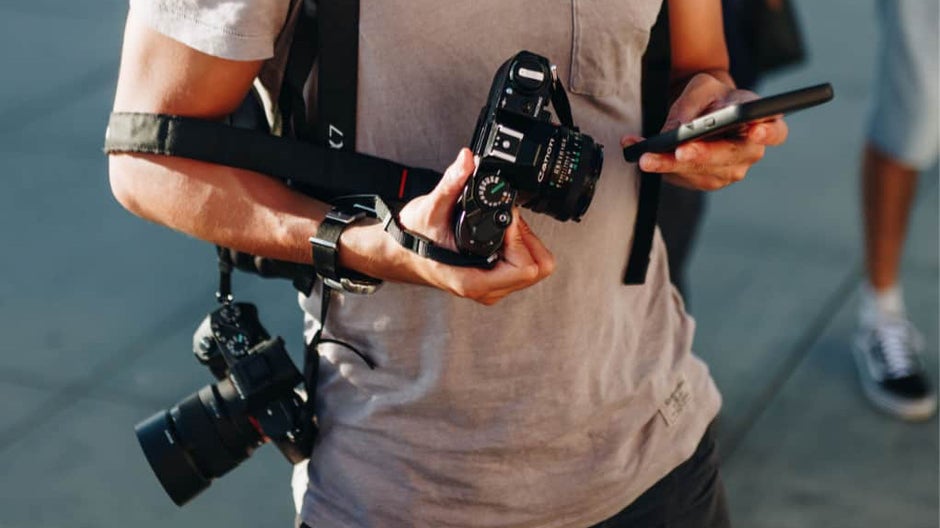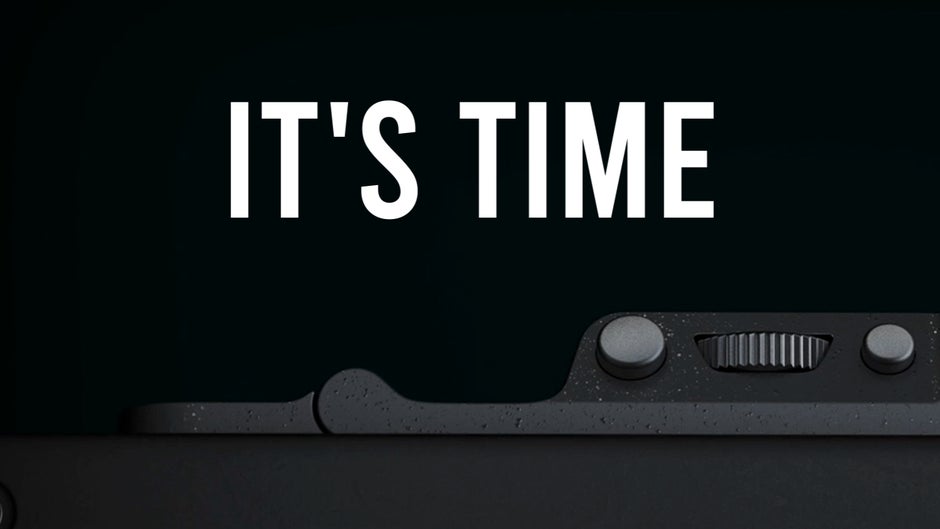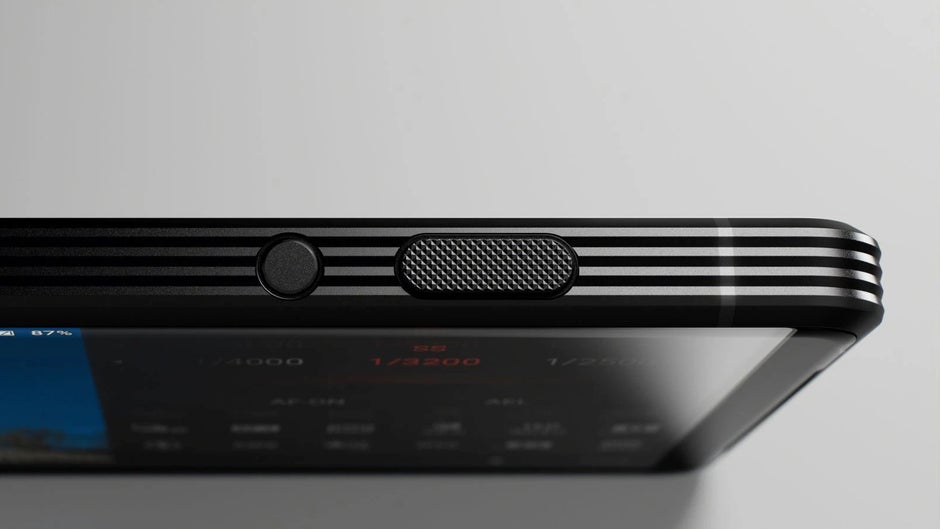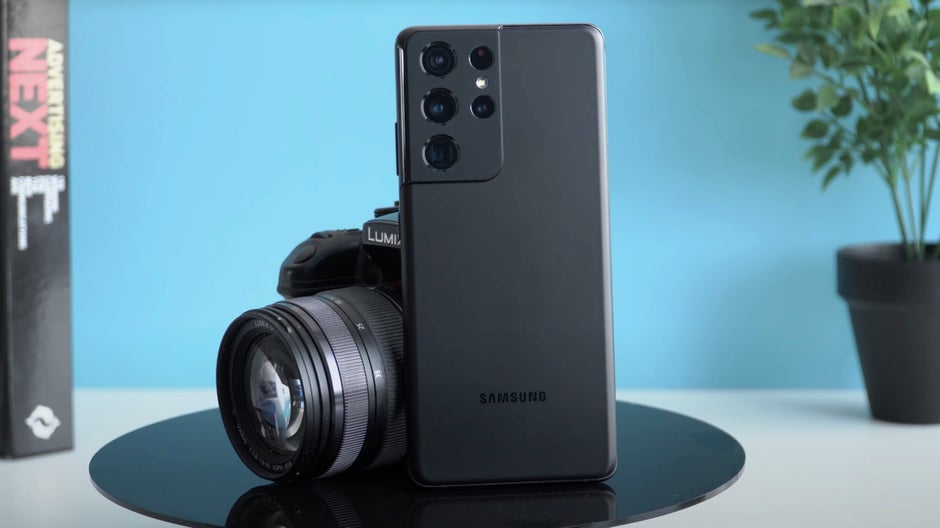
I believe once I tell you about them, you’ll get on board and start asking yourself, “how hasn’t that been done already?!”...
Smartphones don't feel like real cameras

A camera, a phone, and an internet communicator…
A camera… a phone…Are you getting it?!
These are not three separate devices!
You might be thinking: “But Martin… phones are already as good as cameras”. And you aren’t wrong. Smartphones can take phenomenal pictures and videos, thanks to advanced hardware and even more advanced software. Google’s Pixel 6 is phenomenal in low light. Samsung’s Galaxy S21 Ultra is a zoom master. And the iPhone takes absolutely stunning videos.
But all of these incredibly capable phones miss one key element of the camera experience. They don’t feel like a camera. You take photos and videos on your phone all the time - you know exactly what I’m referring to. Well, at least if you've ever used a camera before.
Smartphones are terrible cameras when it comes to ergonomics
- They lack the grip of a real camera
- Almost all of them lack a dedicated shutter button
- Pretty much all of them lack other analog controls for adjusting basic camera settings like zoom
And this should change… ASAP!
How to turn a smartphone into a real camera

We’ll talk about why it should change in the end, but before that, let me tell you how we can turn smartphones into real-er cameras. And more importantly, how the simple steps towards this can bring a host of other user-experience improvements, which you wouldn’t even know you needed. Again, take it with a grain of salt - it's what I think it's cool, or right. It probably won't be everyone's cup of tea.
- A detachable camera grip
- A dial/wheel
- A camera shutter button
In case it wasn’t obvious from the lead-in, that’s literally all we need to make smartphones better cameras.
A detachable camera grip

This one's pretty straightforward and can easily fit into the existing accessory lineups of many manufacturers. Apple is a brilliant example since the iPhone already supports MagSafe tech for magnetically attaching cases, wallets, and power banks to the back of your iPhone.
Fjorden, a company from Norway is already working on creating a MagSafe camera grip for iPhone 12 and iPhone 13, which is a topic near and dear to my heart. Therefore, I’ll stop here and leave this discussion for a future story because it’s worth it.
A dial/wheel

This idea came to mind while I was fiddling with the camera settings on the new Pixel 6 Pro. In case you didn’t know, Google lets you map your volume rocker to control the zoom in the camera app. Great touch! But far from perfect.
The volume rocker on the Pixel 6 and most other phones is awkwardly positioned for controlling zoom. Why? Well, because it was never meant to do that in the first place. It’s solely designed to control your volume in portrait or landscape orientation.
But here’s what: What if the volume rocker was… a dial! Yes, like on the ancient Sony J5 or the music-oriented Marshall London. Sure, one of these phones is a relic, and the other a total flop, but even the most hopeless products can teach us some lessons.
So, what if this Marshall London-esk dial came to modern phones today and was used to:
- Control volume - it will be more intuitive to use than traditional volume buttons
- Control your brightness, if you choose so
- Control the zoom in your camera, a much-needed addition for today’s phones which include complicated zooming systems
- Control settings within specialized or social media apps, which depend on dials, and sliders - photo editing on Instagram or Photoshop, video editing in TikTok or iMovie, and even music production software like FL Studio for mobile.
- Scroll. Yes, simply scroll through your feed - but in a much more natural hand position, without the need for finger gymnastics
A two-stage camera shutter button

At first, this one might seem pretty self-explanatory, and to an extent - it is. Sony phones have featured a two-stage camera shutter for ages. And even though I’ve never had a Sony phone myself, my colleagues from the virtual office agree that it’s indeed very nice to have.
It’s not coincidence cameras are built the way they are built. It’s not only about the “improved” and more camera-like experience. A shutter button allows your hand to rest more naturally on the phone/camera, and together with a good grip, it can not only change the way you take pictures and make it more enjoyable, but it can alleviate the discomfort, or even pain you might experience from clicking the virtual shutter button on your phone for prolonged periods of time, especially in landscape.
In the end: Are you on board?

And that’s pretty much it. A sophisticated dial and a shutter button have the potential to change the way we use modern smartphones forever. I stand by that! Is it going to be a game-changer for everyone? Not quite. Some might see it as “pointless”, and that’s fair. But I sure know the smartphone and societal trends point towards an even stronger focus on cameras in the future.
Moreover, oftentimes, people don’t know what they want or need until they see it wrapped in a fancy package - perhaps with an Apple logo on its back. In fact, if there's one company that's known to start trends, it's Apple. The guys from Cupertino also happen to know how to make great hardware. I'm not saying they should do it, but I'm saying I wish they did.
What I want to say is - it’s time that the experience of taking pictures and videos on your phone becomes more tactile… physical… analog. And finally, camera buttons and dials don’t necessarily have to be saved for the camera app only!
- A camera grip can act as a stand and a power bank
- As we established, a dial/wheel can be useful in countless apps for photo, video, and music editing, as well as for basic UI navigation
- And software allows for a camera shutter button to be mapped to do just about anything else - launch apps, act as an alert switch - like the ones on iPhone and OnePlus, and more…
https://ift.tt/3mRUD7K
Technology

No comments:
Post a Comment